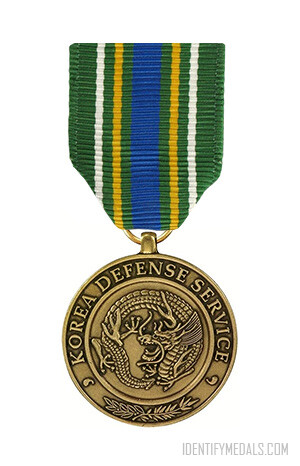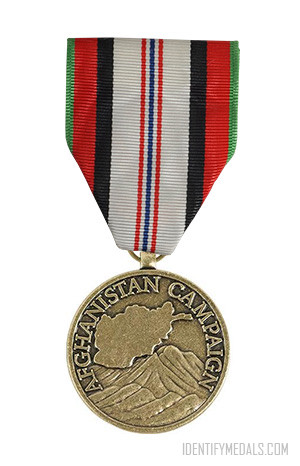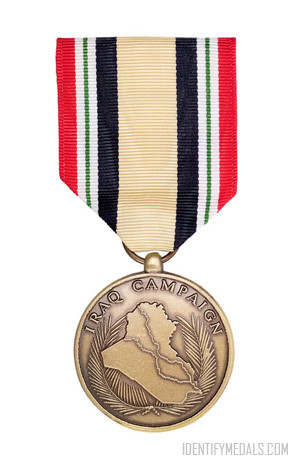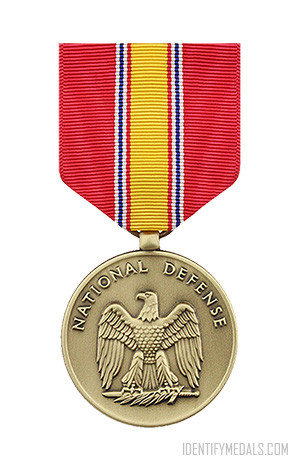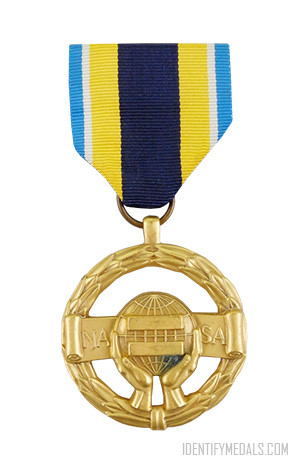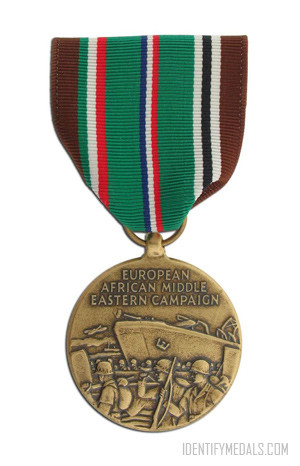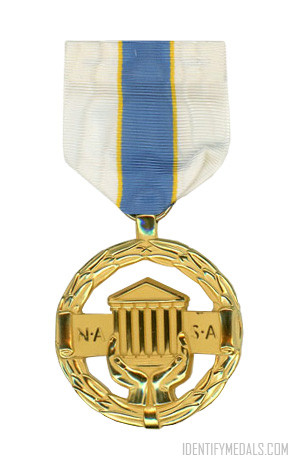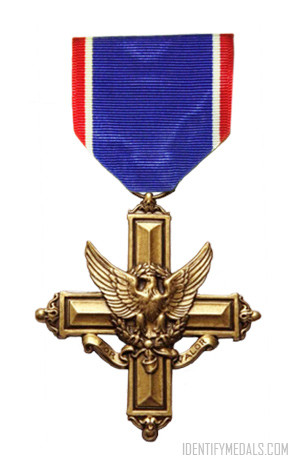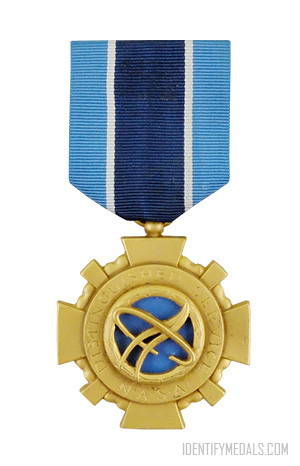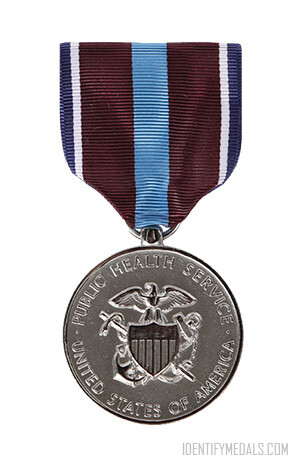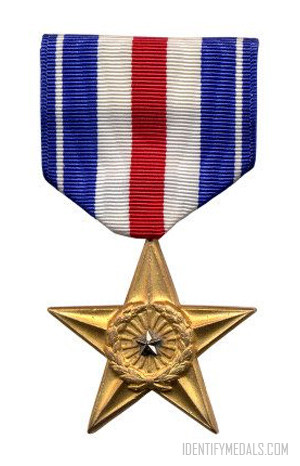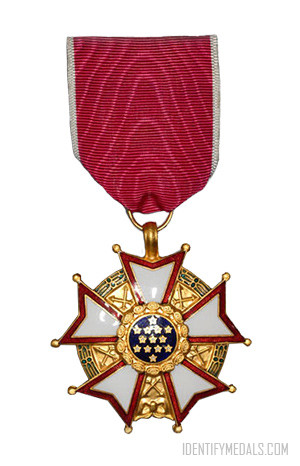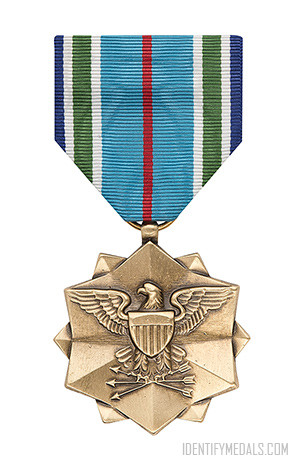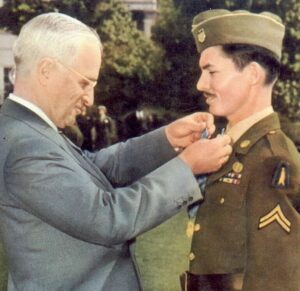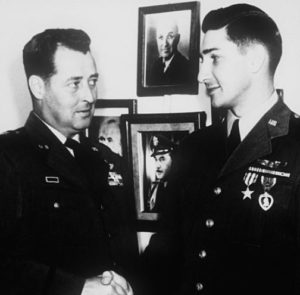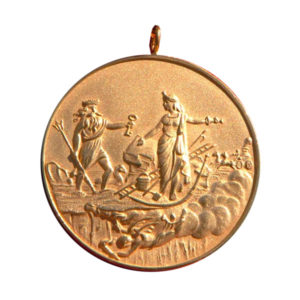- Time Period: Post-WW2
- Institution: December 2002
- Country: United States
The Korea Defense Service Medal (KDSM) is a military decoration of the United States Armed Forces, established in 2002 through legislation signed by President George W. Bush. The initiative to create this medal was led by Representative Elton Gallegly (R-CA) and Senator Jeff Bingaman (D-NM). John Sproston designed the final version of the medal.
Recipients of the KDSM are eligible for membership in veterans’ organizations such as the Veterans of Foreign Wars (VFW) and the American Legion.
The Korea Defense Service Medal Criteria
The KDSM is awarded to U.S. Armed Forces members who have served in South Korea in support of its defense post-Korean Armistice Agreement. To qualify, a service member must have served at least 30 consecutive days or 60 non-consecutive days in the South Korean theater. This includes reservists on annual training. Exceptions to the time requirement include participation in combat, injury in the line of duty requiring medical evacuation, or aircrew members who have logged over 30 days of sorties in South Korean airspace.
The medal is retroactive to service performed after July 28, 1954. The National Personnel Records Center verifies the entitlement for discharged members who served in South Korea before the KDSM’s creation. Additionally, service members can receive both the Armed Forces Expeditionary Medal and the KDSM for the same period between October 1, 1966, and June 30, 1974. Only one KDSM is awarded per individual, regardless of the length of service in South Korea.
The Korea Defense Service Medal Design
The KDSM is a bronze medal measuring 1¼ inches in diameter. The obverse features a Korean “circle dragon” with a scroll inscribed “KOREA DEFENSE SERVICE,” flanked by laurel and bamboo sprigs.
The reverse side displays the outline of the Korean Peninsula with two crossed swords.
The medal’s ribbon is mainly green with an ultramarine blue stripe in the center, flanked by golden yellow and white stripes.

